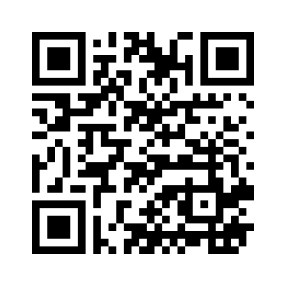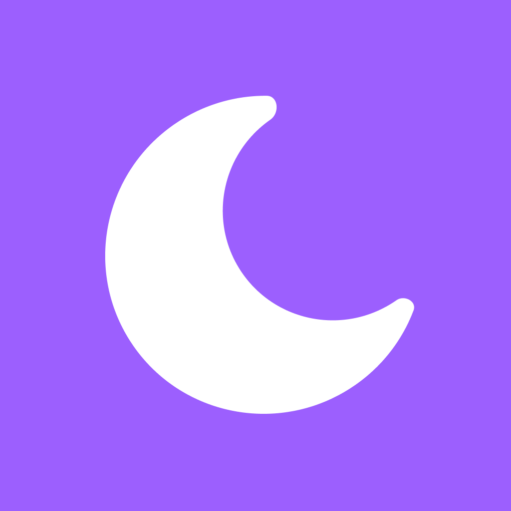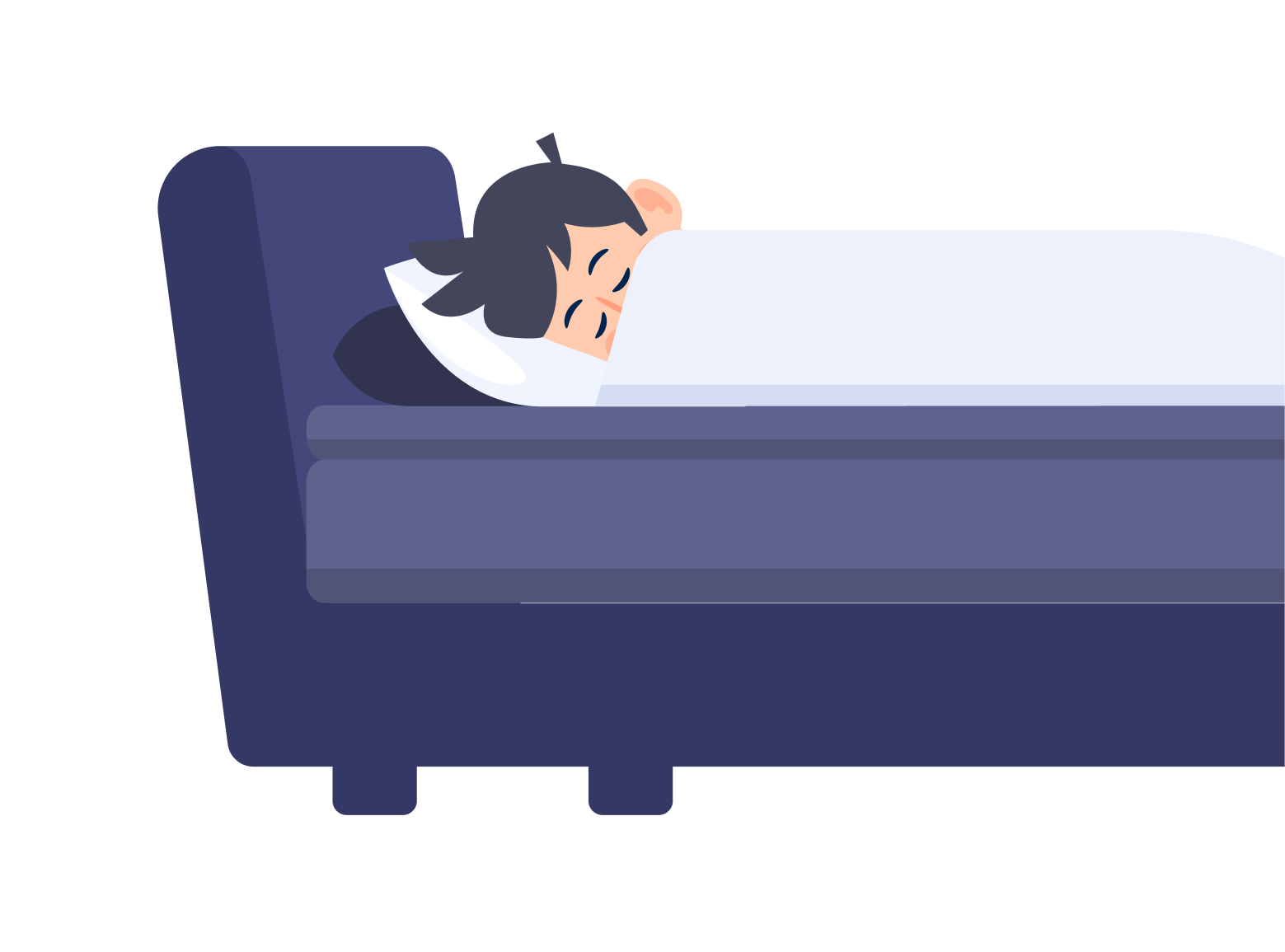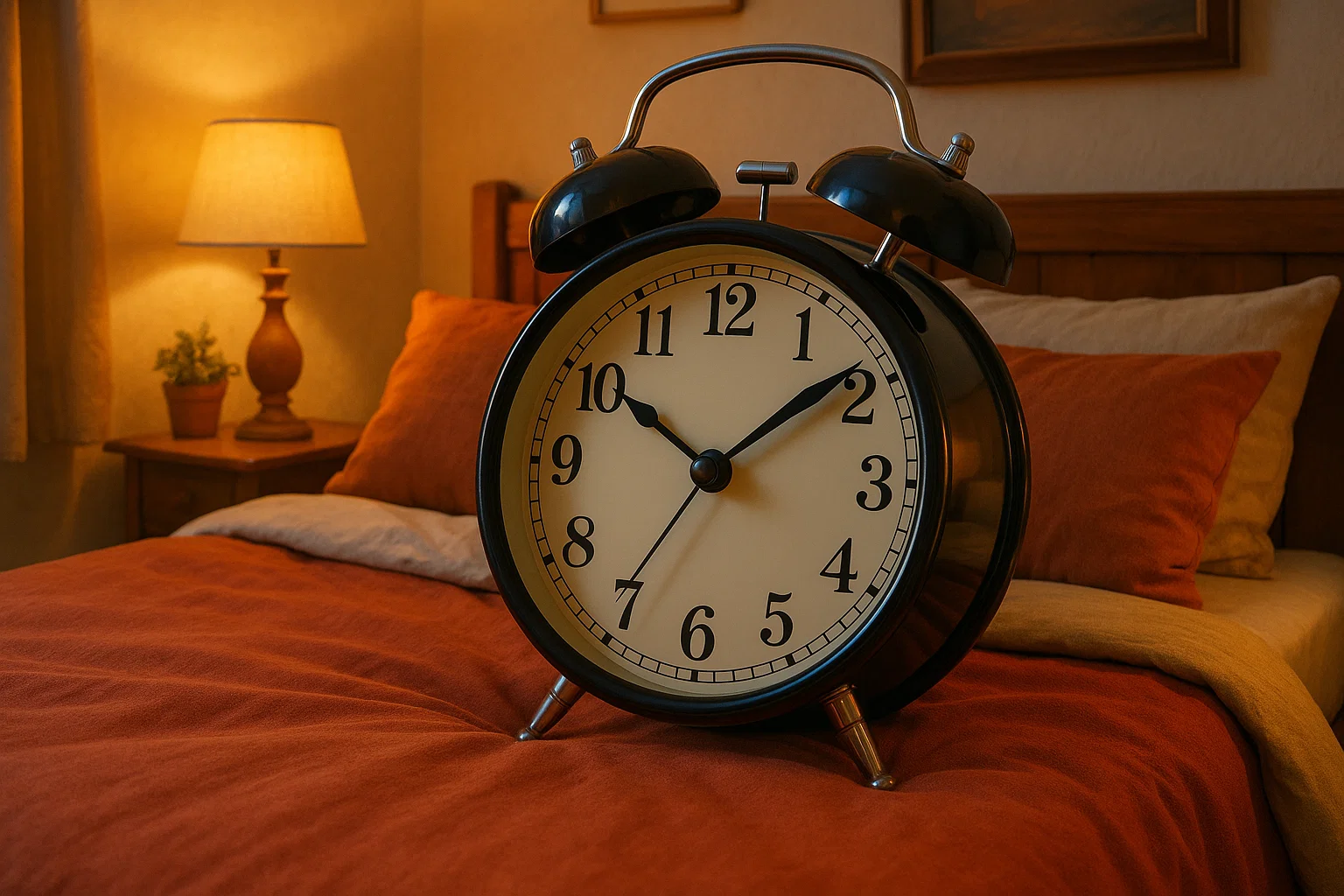You’re scrolling through Instagram in your dream, desperately trying to like a post that keeps disappearing, or frantically searching for a WiFi signal in a nightmare where your phone battery is dying. Sound familiar? Smartphone dreams are becoming increasingly common as digital technology fundamentally transforms our subconscious landscapes. These smartphone dreams and social media nightmares represent a new frontier in sleep psychology, revealing how deeply technology has infiltrated our most intimate mental space and what it means for our psychological well-being.
🧠 Ready to understand your digital dreams? Track and analyze your tech-influenced dreams with the Dreamly App – your intelligent dream analysis companion for the digital age.
The Smartphone Dreams Revolution in Our Subconscious Mind
Modern neuroscience reveals that our brains don’t simply shut off when we sleep—they continue processing the day’s experiences, including our increasingly digital interactions. Smartphone dreams represent a new frontier in sleep psychology, reflecting how profoundly technology has integrated into our cognitive processes.
Research from the Sleep Research Society shows that over 87% of adults under 35 report having smartphone dreams involving their devices, social media, or digital technology at least once per month. This represents a complete paradigm shift from dream content just two decades ago, when such technology-centered dreams were virtually nonexistent.
The Neuroscience Behind Smartphone Dreams: How Technology Rewires Sleep


Blue Light’s Impact on REM Sleep and Smartphone Dreams
The blue light emitted by smartphones and screens doesn’t just affect your ability to fall asleep—it fundamentally alters the quality and content of your smartphone dreams. Exposure to blue light within two hours of bedtime suppresses melatonin production by up to 22%, leading to fragmented REM sleep cycles where digital imagery is more likely to intrude into smartphone dreams.
The Hyperconnected Brain State and Smartphone Dreams
Constant smartphone use throughout the day creates what neuroscientists call “hyperconnected brain patterns.” Even during sleep, your brain continues processing notification anxieties, social validation loops, and digital communication patterns. This digital overstimulation carries directly into smartphone dreams, creating a new category of stress dreams previously unknown to human psychology.
Dopamine Disruption and Smartphone Dreams Narratives
Social media platforms are engineered to trigger dopamine release through unpredictable rewards (likes, comments, shares). This constant dopamine stimulation during waking hours affects your brain’s natural reward processing during sleep, often manifesting as smartphone dreams where you’re compulsively checking apps or experiencing anxiety about missing digital notifications.
The Five Most Common Smartphone Dreams Categories
Understanding these prevalent smartphone dreams themes reveals how deeply technology has penetrated our subconscious processing. Each category reflects specific psychological relationships with our digital devices and online personas in these recurring smartphone dreams.
1. The Infinite Scroll Nightmare
These smartphone dreams feature endless scrolling through social media feeds that never end, often accompanied by frustration or anxiety. These dreams typically reflect information overload and the addictive nature of social media consumption.
2. Phone Battery Death Anxiety Dreams
Intensely stressful smartphone dreams where your phone is dying, broken, or lost, leaving you unable to communicate. These dreams often symbolize deeper fears about social isolation and dependency on digital connectivity.
3. Virtual Validation Seeking Dreams
These smartphone dreams focus on posting content, waiting for likes, or experiencing shame about social media performance. These reflect the psychological impact of seeking external validation through digital platforms.
4. Digital Communication Breakdown Dreams
Dreams where messages won’t send, calls won’t connect, or technology fails during crucial moments. These often represent anxiety about authentic communication and relationship maintenance in a digital world.
5. Social Media Identity Crisis Dreams
Dreams where your online persona doesn’t match reality, or where you’re trapped in a social media platform. These reflect concerns about authentic self-expression versus curated online identity.
The Psychological Impact: What Smartphone Dreams Reveal About Modern Stress
Smartphone dreams aren’t just curious phenomena—they’re diagnostic windows into how technology affects our mental health. The prevalence of anxiety-inducing smartphone dreams correlates strongly with symptoms of digital addiction and social media dependency.
FOMO and Sleep Quality
Fear of Missing Out (FOMO) doesn’t end when we close our eyes. Studies from the American Psychological Association show that individuals with high FOMO scores are 40% more likely to experience restless sleep and 65% more likely to have anxiety-inducing digital dreams.
The Notification Phantom Effect
Many people report dreaming about receiving notifications that don’t exist, a phenomenon psychologists term “phantom notification syndrome.” This reflects how deeply notification anxiety has embedded itself in our subconscious processing systems.
Social Comparison and Dream Content
Regular social media users often dream about comparing themselves to others online, experiencing rejection, or failing to maintain their digital image. These dreams frequently mirror waking anxieties about social status and acceptance.
Generation-Specific Digital Dream Patterns
Different age groups exhibit distinct digital dream characteristics, revealing how varied technological exposure shapes subconscious processing across generations.
Gen Z: The Native Digital Dreamers
Born into the smartphone era, Gen Z individuals (ages 18-26) report the most complex digital dreams, often featuring multiple apps, platforms, and digital interactions simultaneously. Their dreams frequently involve TikTok, Instagram, and gaming platforms with remarkable technical accuracy.
Millennials: The Transition Generation
Millennials (ages 27-42) often experience digital dreams that blend pre-digital memories with modern technology, creating unique hybrid dream scenarios. They’re most likely to dream about Facebook interactions and email anxieties.
Gen X and Baby Boomers: The Digital Adaptation Dreamers
Older adults who adopted technology later in life often have simpler digital dreams, typically focusing on basic smartphone functions or communication apps. However, they’re more likely to experience technology failure nightmares.
The Dark Side: When Digital Dreams Become Nightmares
While some digital dreams are neutral or even positive, a significant portion qualify as nightmares or stress dreams. Understanding these darker manifestations is crucial for maintaining healthy relationships with technology.
Cyberbullying in Dreams
Individuals who’ve experienced online harassment often relive these experiences in dreams, sometimes with amplified intensity. These dreams can perpetuate trauma and anxiety even during sleep, when the mind should be processing and healing.
Digital Surveillance Paranoia Dreams
Dreams about being watched through devices, cameras activating without permission, or personal information being stolen reflect growing concerns about digital privacy and surveillance in our connected world.
Addiction Withdrawal Dreams
People attempting digital detoxes often experience withdrawal-like dreams featuring intense cravings for their devices, social media platforms, or online activities. These dreams can actually sabotage efforts to reduce technology dependence.
Solutions: Reclaiming Healthy Digital Dream Patterns
The good news is that you can actively influence your digital dream content through intentional changes to your technology habits and sleep hygiene. These evidence-based strategies can help restore more peaceful, technology-balanced sleep.
1. Implement a Digital Sunset Routine
Create a “digital sunset” by turning off all screens 2 hours before bedtime. This allows your brain to transition from digital processing mode to natural sleep preparation, reducing the likelihood of technology-centered dreams.
2. Practice Mindful Technology Use
Throughout the day, periodically pause and consciously notice your relationship with your devices. Ask yourself: “Am I using technology intentionally or compulsively?” This awareness reduces unconscious digital stress that carries into dreams.
3. Create Phone-Free Sleep Zones
Keep all devices outside the bedroom or at least 6 feet from your bed. The mere presence of smartphones can trigger notification anxiety dreams, even when the device is silent.
4. Use Blue Light Filtering
Install blue light filters on all devices and use them consistently after sunset. This helps maintain natural melatonin production and reduces digital content intrusion in dreams.
5. Practice Digital Gratitude Before Sleep
Instead of scrolling before bed, spend 5 minutes reflecting on positive, non-digital experiences from your day. This primes your subconscious to process meaningful real-world connections rather than digital interactions.
Advanced Strategies for Digital Dream Management
For those experiencing frequent distressing digital dreams, these advanced techniques can provide deeper intervention and healing.
Dream Rewriting Technique
Keep a digital dream journal and actively rewrite negative technology dreams with positive endings. This cognitive exercise helps reprogram your subconscious relationship with technology.
Lucid Dreaming for Digital Control
Learning lucid dreaming techniques specifically for digital dreams allows you to take conscious control when technology appears in your sleep. You can transform phone battery anxiety into confidence or turn infinite scrolling into purposeful exploration.
Progressive Digital Detox
Gradually reduce daily technology exposure in structured phases. Start with phone-free meals, progress to device-free hours, and eventually implement full digital sabbaths. This systematic approach reduces digital dependency and corresponding dream anxiety.
The Future of Digital Dreams: What’s Coming Next
As technology continues evolving, so too will our digital dream landscapes. Understanding emerging trends helps us prepare for the next wave of subconscious technological integration.
Virtual and Augmented Reality Dreams
Early VR/AR adopters already report immersive virtual environment dreams with unprecedented realism. As these technologies become mainstream, we may see entirely new categories of synthetic reality dreams.
AI Interaction Dreams
Dreams featuring conversations with AI assistants, chatbots, or artificial entities are emerging as AI becomes more prevalent in daily life. These dreams often explore themes of consciousness, authenticity, and human-machine relationships.
Cryptocurrency and Digital Economy Dreams
The rise of digital currencies and online economies has spawned dreams about losing digital assets, mining cryptocurrency, or navigating virtual marketplaces—reflecting our evolving relationship with digital value and wealth.
Professional Help: When Digital Dreams Become Problematic
While most digital dreams are harmless reflections of modern life, certain patterns warrant professional attention and intervention.
Signs You Need Help
- Digital nightmares disrupting sleep quality more than twice per week
- Waking anxiety specifically related to technology dreams
- Inability to enjoy technology due to dream-related fears
- Digital dreams preventing restful sleep recovery
Treatment Approaches
Mental health professionals now recognize “digital dream disorders” and offer specialized treatments including cognitive-behavioral therapy for technology anxiety, digital mindfulness training, and sleep hygiene counseling specifically for the digital age.
Technology Solutions for Better Digital Dream Health
Ironically, technology itself offers tools to help manage digital dream impact and improve overall sleep quality in our connected world.
- Sleep Tracking Apps: Monitor how daily technology use affects dream content and sleep quality
- Dream Analysis Tools: Use apps like Dreamly App to track and understand digital dream patterns
- Meditation Apps: Practice digital mindfulness with guided meditations specifically designed for technology users
- Smart Home Integration: Automate evening routines that reduce digital stimulation before bedtime
Embracing the Digital Dream Era: A Balanced Perspective
Digital dreams aren’t inherently good or bad—they’re simply the latest evolution in how our minds process modern reality. The key lies in developing a conscious, healthy relationship with technology that promotes both waking wellness and restful sleep.
As we continue navigating this unprecedented era of human-technology integration, understanding and managing our digital dreams becomes an essential skill for mental health, sleep quality, and overall well-being. By applying the strategies outlined in this guide, you can transform your relationship with technology from unconscious dependence to mindful integration—both awake and asleep.
The future of dreaming is digital, but with awareness and intention, we can ensure it remains a source of insight, processing, and restoration rather than anxiety and disruption.








